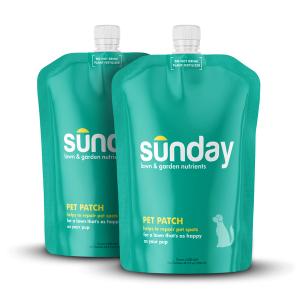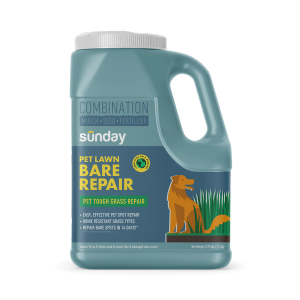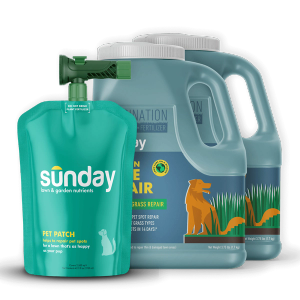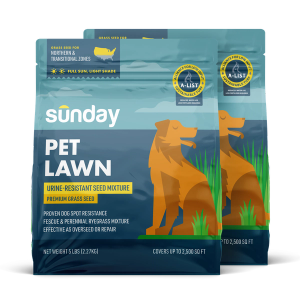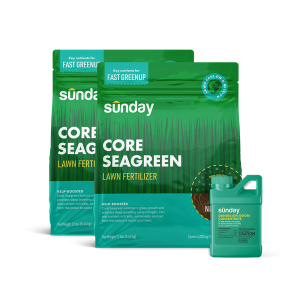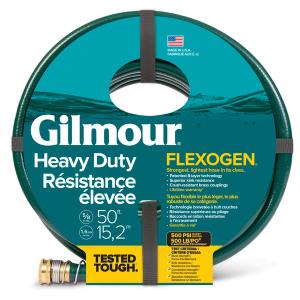So, you’ve decided to get your first bird feeder for the backyard. (Great choice, by the way!) Here’s everything you need to remember, watch out for, and avoid—to turn your backyard into a wild bird-feeding oasis.
Consider what type of birds you want to attract
First things first—know what types of birds you're looking to attract. This will help you select the right seed and feeder for the right birds. For example, if you’d like to see diverse migratory species or songbirds, a premium seed mix with black oil or hulled sunflower will attract the widest variety of species.
Purchase quality seed
It’s much more efficient to spend a couple of extra dollars on more desirable seed blends and types. Avoid seed mixes with red milo, grains, or any other "filler" seed. Most of this seed will be picked over and fall on the ground to less desirable birds and other wildlife.
Sunday Tip:
If you don't want seed shells in your lawn or yard, look into "no waste" seed mixes. Bonus: They tend to be higher quality seeds too!
Purchase your feeder based on the seed
Matching your bird seed to the right feeder will help you to attract the birds best suited for the seed and help avoid wasting seed. Most birds prefer perch-style feeders or hopper feeders which support the widest variety of seed mixes.
Sunday Tip:
If you’re looking for a nectar feeder for hummingbirds, we’ve got you covered on best practices to support hummingbirds in your backyard.
Choose the best location
Make sure your bird feeders are installed at least 10–12 feet from windows, which are potential collision risks. If you’d like them installed closer, place window decals on clear glass or keep blinds closed to keep birds from colliding with windows.
Know best feeding practices
Remember to replace seeds often and as needed. Clean feeders with an equal parts solution of water and vinegar every 1–2 weeks. Sweep shells and maintain cleanliness underneath feeders.
Sunday Tip:
Think about where you're going to store your bird seed. Locating a dry, cool storage space and storing seeds within closed-lid containers is an excellent idea to avoid pests and conflicts with moisture.
Decide if you’re okay feeding other wildlife
If you don’t mind squirrels or other seed-eating wildlife, ignore this. If you want to avoid feeding wildlife other than birds, you’ll need physical deterrents. Try squirrel baffles, fencing near feeders, squirrel-resistant feeders, or cayenne-flavored seed to deter wildlife.
Provide supplemental habitat
Remember that feeding birds seed, nectar, fruit, or any type of purchased bird feed is supplemental. Birds need a variety of different wild seeds, fruits, and insects for foraging, nesting, and migration. Introducing bird-friendly plants that offer seed, berries, or other fruit, and providing vertical structures like trees, shrubs, or brush piles for birds are great ways to increase natural foraging, resting, or nesting opportunities. Don't forget to provide water sources as well.
Additional ways to support birds
Try different things and observe
Buy smaller bags of seeds to see what type of seed works best for your backyard and the birds using it. The success of bird seed is super dependent on your location, the surrounding habitat, and your backyard ecosystem!
Purchase more sustainable bird feeders and accessories
If you can buy feeders with replacement parts or anything made with more sustainable materials, that's always better for the environment and usually tends to be more cost-effective long-term. Win-win!
Learn about the benefits of birds to your backyard
Birds are an essential part of our backyard ecosystems, whether we know it or not. Improving habitat for birds will ultimately improve the quality of our lawn and yard ecosystems.
Cited sources
For the Birds: Bird Feeding Tips. University of New Hampshire Extension.
This is Really for the Birds. University of New Hampshire Extension.







